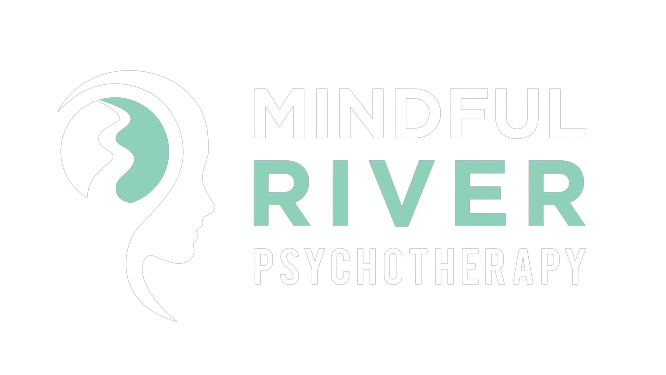Frequently Asked Questions
How do I choose a therapist?
The relationship between therapist and client is the number one predictor of positive therapy outcomes, so making sure you feel supported and challenged by your therapist is very important. For this reason, I offer a 15-minute free phone consultation to help ensure the likelihood that we will be a good fit working together.
Equally important, is ensuring that you and your therapist have agreed upon the purpose of therapy and the methods that will help you achieve this purpose.
For more information, please read How to Choose a Therapist.
How long is a session?
A diagnostic assessment and individual therapy session are both 53-min.
What can I expect for my first few sessions?
The first session is a diagnostic assessment where you will be asked questions regarding your symptoms, presenting concerns, and history. The next 2-4 sessions include a developmental - relational assessment where we talk more in-depth about your history. Then we will work together to collaboratively address your unique needs, goals for therapy, and a plan moving forward that is specific for you.
What can I expect for individual therapy sessions?
This depends on the type of therapy that would be best for you, however my primary modalities are Psychodynamic Therapy, Relational Gestalt Therapy, and EMDR.
As a relational psychodynamic and gestalt therapist our focus will be on exploring emotions; recurring schemas, themes, and negative cognitions; childhood experiences and relationships; and ways that your interpersonal relationships (including the therapy relationship) can be negatively affected due to manifestations of old patterns and beliefs that keep you “stuck” in repeating behaviors that may no longer serve you. By increasing awareness of these patterns/emotions/beliefs, you will be encouraged to begin experimenting with shifting your habitual ways of thinking and doing to ways that support your current values and goals. I also incorporate feminist and intersectionalist lenses into my work, so we would also explore your social identities and ways that they affect your relationships with others and your experience of the world.
As an EMDR therapist, we would follow the three-pronged protocol which includes focusing on your presenting concern, earlier memories associated with your presenting concerns, and planning for similar situations in the future. In the early phases of EMDR, we will focus on history taking and internal resourcing— giving you the resources to calm your body and mind— so that we can begin the protocol when you’re ready.
How frequently do I need to come? And for how long?
This is something that will be discussed during the first session, however clients generally find that meeting weekly tends to be the most helpful and supportive. Research shows that clients generally start reporting positive outcomes after six months to one year of regular, weekly therapy. That said, there is no one-size-fits all approach, so we will work together to determine the frequency that you would find most supportive and can re-evaluate as needed.
For further reading, please refer to The Tyranny of Time: How Long Does Effective Therapy Really Take by Jonathan Shedler, PhD and Enrico Gnaulati, PhD.
What is psychodynamic therapy and is it effective?
Psychodynamic therapy is a form of therapy that is focused on helping you increase your understanding of your Self so that you become aware of patterns of affect, thought, and behaviors that may be getting in the way of having the type of life and meaningful relationships that you’d like to have. It is different from other forms of therapy, such as CBT, in that it focuses more on you as a whole person versus you as a cluster of symptoms that need to be reduced. It is incredibly effective and many clients report that it has led to the deep, lasting psychological change that was the source of many of their concerns/distress.
For further reading, I recommend the following:
The Efficacy of Psychodynamic Psychotherapy by Jonathan Shedler, PhD
Where is the Evidence for “Evidenced-Based” Psychotherapy by Jonathan Shedler, PhD
That Was Then, This is Now: Psychoanalytic Psychotherapy for the Rest of Us by Jonathan Shedler, PhD
What is the benefit to not using insurance benefits?
Not using insurance benefits and choosing to receive services as “self-pay” is a way to help protect your confidentiality because your records will remain between you and your therapist. Oftentimes, insurance companies require that individuals in therapy have a diagnosis per the Diagnostic and Statistical Manual of Mental Disorders (DSM-V) and meet “medical necessity” in order to receive therapy. Insurance companies may also dictate what types of treatment/services are covered and this can lead to not receiving the care that you seek.
Do you provide Emotional Support Animal letters?
No, I do not write ESA letters and do not accept inquiries for those seeking an ESA letter. ESA letters are reserved for individuals who are considered disabled by their mental health condition. These individuals typically have a long-term history of documented mental health concerns and impairments. If this sounds like you, then please defer back to your treatment team for verification of your need for an ESA.
